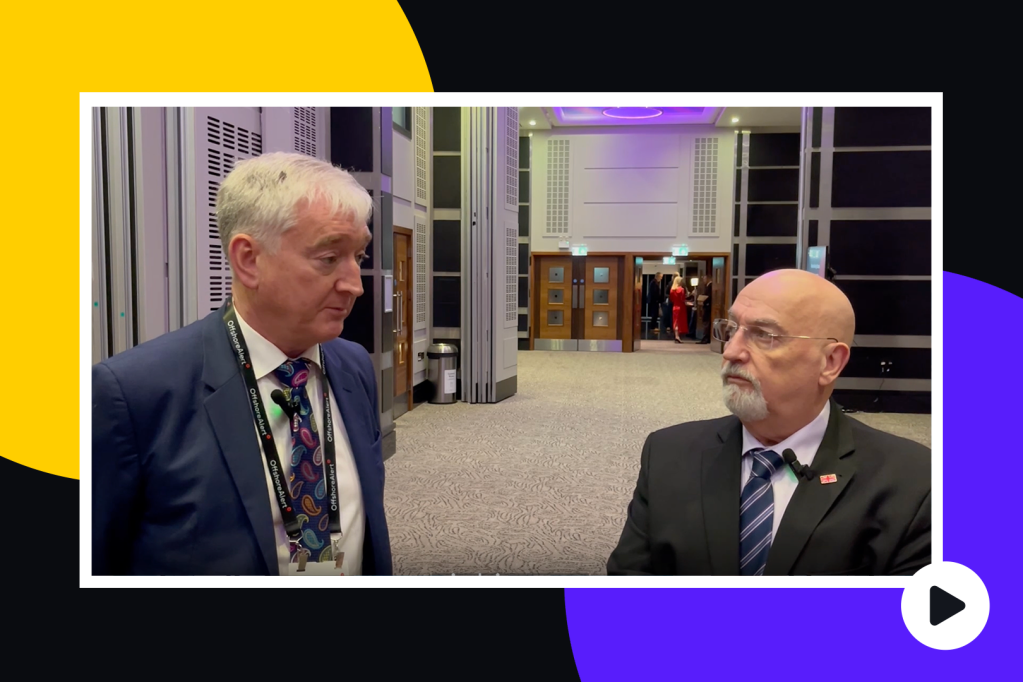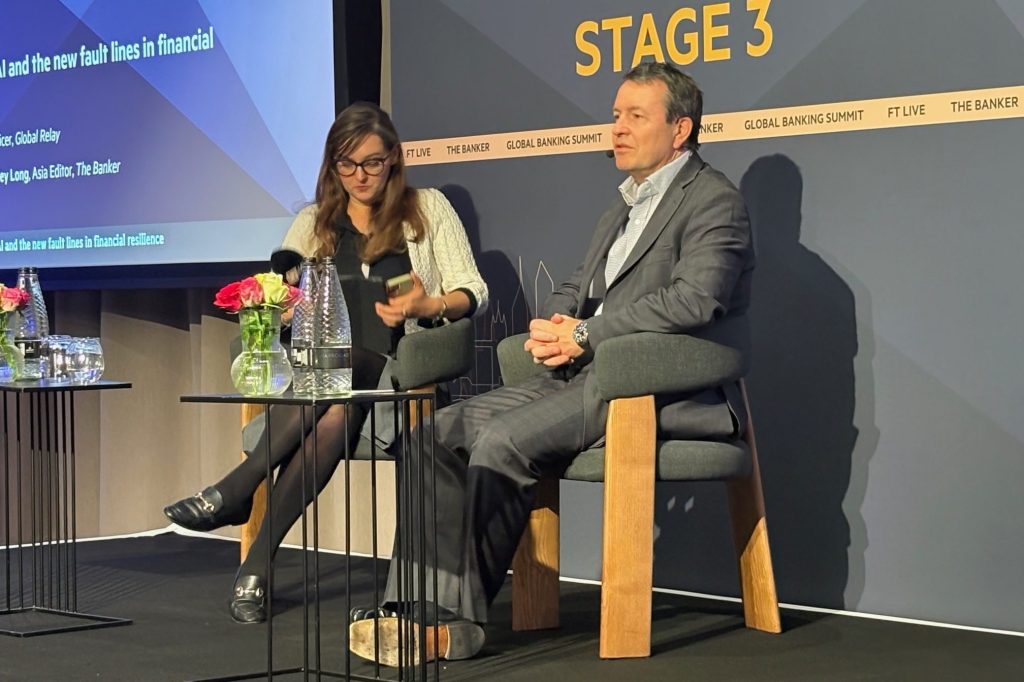The US Office of the Comptroller of the Currency (OCC) has published its Spring 2025 Semiannual Risk Perspective, underscoring that the federal banking system remains fundamentally sound despite macroeconomic headwinds.
Persistent inflation, geopolitical volatility, and high interest rates have clouded the economic outlook, but the OCC highlights that innovation, particularly through
Register for free to keep reading.
To continue reading this article and unlock full access to GRIP, register now. You’ll enjoy free access to all content until our subscription service launches in early 2026.
- Unlimited access to industry insights
- Stay on top of key rules and regulatory changes with our Rules Navigator
- Ad-free experience with no distractions
- Regular podcasts from trusted external experts
- Fresh compliance and regulatory content every day













